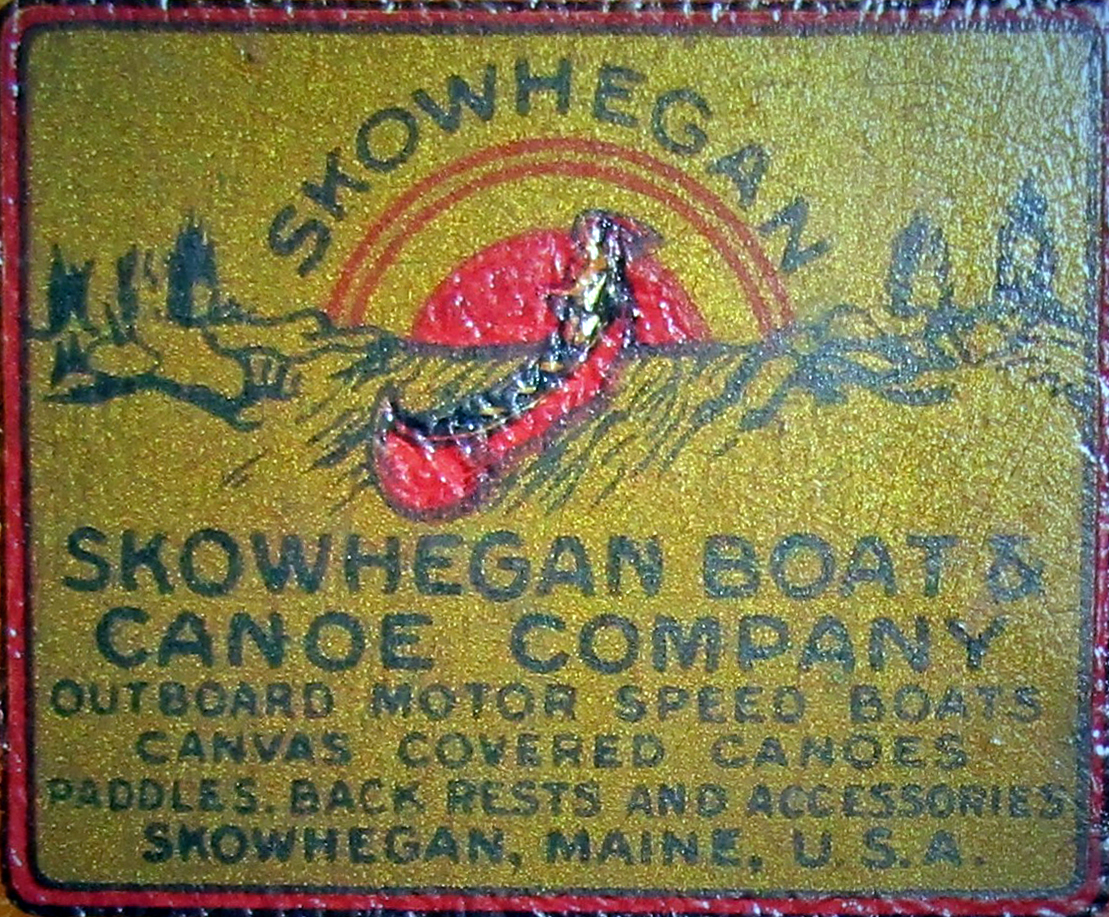I picked up this 16 foot Skowhegan canoe today. It has "invisible sponsons" that bring it out to about 4o inches wide. I can't find a serial number on the stems. The decal is intact but hard to read under the old varnish.
Questions:
Is there somewhere else I should look for a number? Would the number tell me anything? I know the Skowhegan records are gone.
The varnish has a funky bumpy texture I want to call "alligator skin." I've never seen an alligator in real life. Not even sure they are bumpy like that. What do you guys call it? More importantly, what do I do about it? Light sanding and fresh varnish? Heat gun and total refresh?
The canvas is intact and no evidence of sagging, but lots of hairline cracking. Is there a filler primer I can use to reseal and protect what's there?
Thanks for any info and suggestions. -David

Questions:
Is there somewhere else I should look for a number? Would the number tell me anything? I know the Skowhegan records are gone.
The varnish has a funky bumpy texture I want to call "alligator skin." I've never seen an alligator in real life. Not even sure they are bumpy like that. What do you guys call it? More importantly, what do I do about it? Light sanding and fresh varnish? Heat gun and total refresh?
The canvas is intact and no evidence of sagging, but lots of hairline cracking. Is there a filler primer I can use to reseal and protect what's there?
Thanks for any info and suggestions. -David







